(1229 products available)





















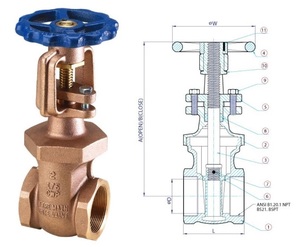
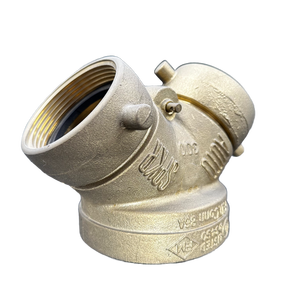





































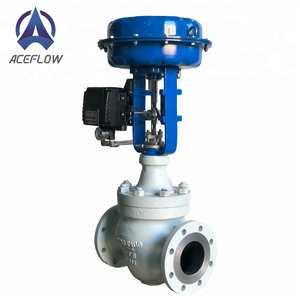




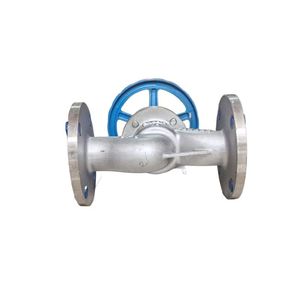



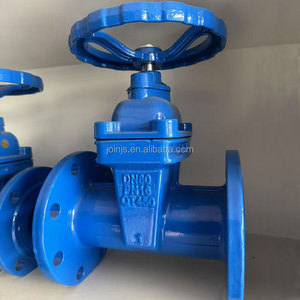






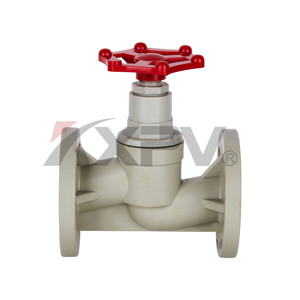
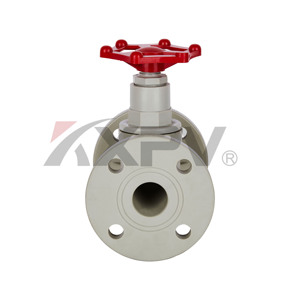



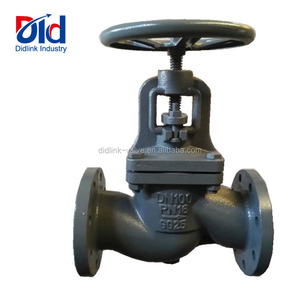
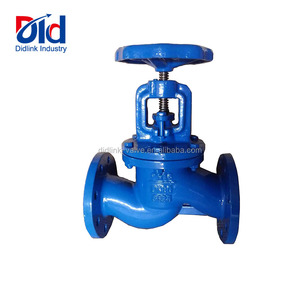









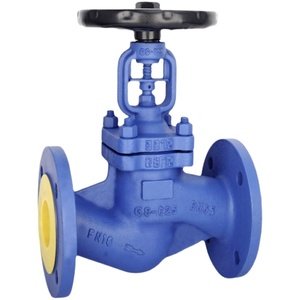

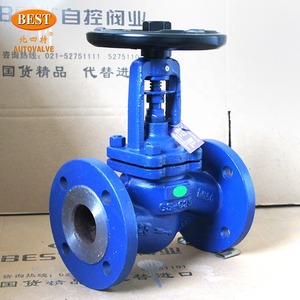






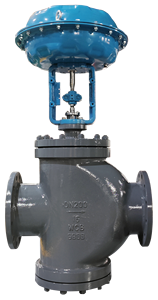

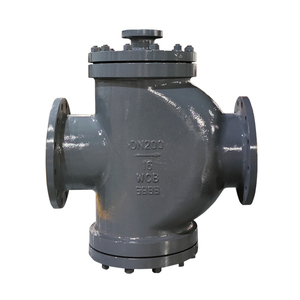






















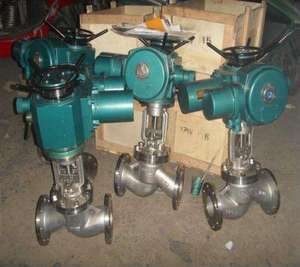
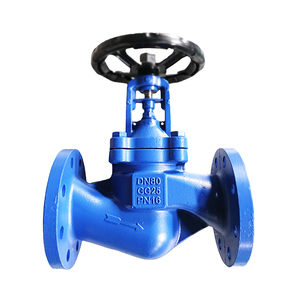



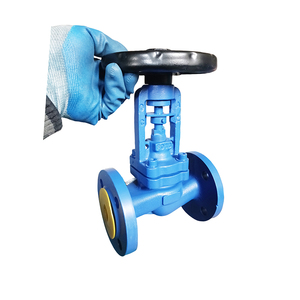




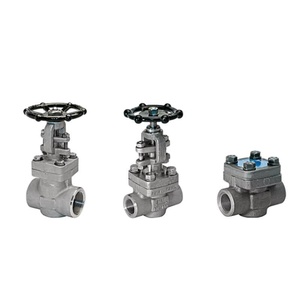



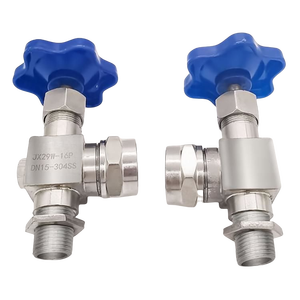

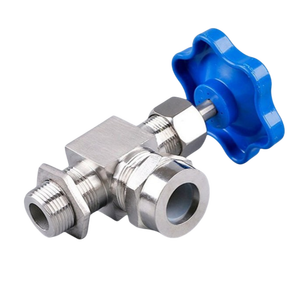



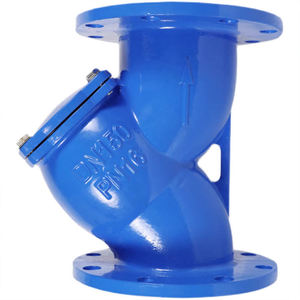








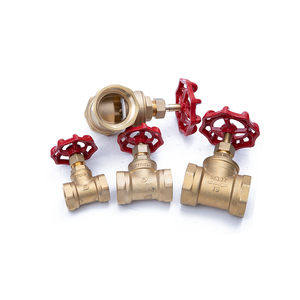


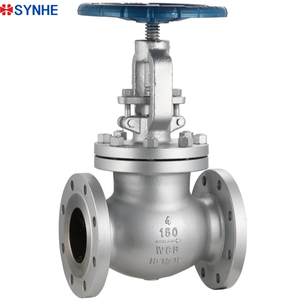
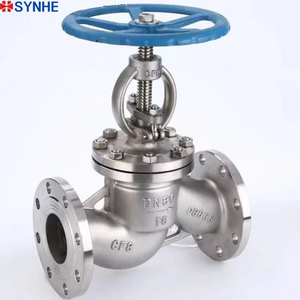


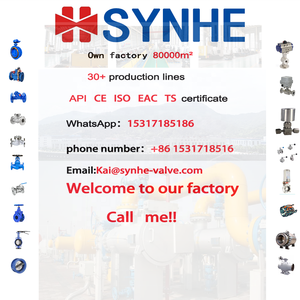










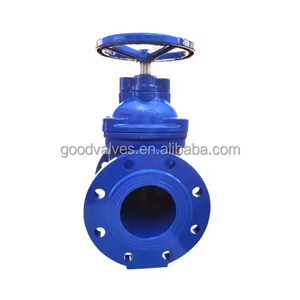





In the realm of industrial applications, globe valve flange type are crucial components used to control the flow of liquids or gases in a system. These devices are designed to provide a reliable means of stopping or allowing fluid flow, ensuring the safe and efficient operation of various systems. globe valve flange type are commonly utilized in industries such as oil and gas, water treatment, chemical processing, and HVAC systems. They play a vital role in maintaining system integrity by providing a fail-safe mechanism to halt flow in emergency situations or during maintenance activities. Understanding the various aspects of globe valve flange type is essential for selecting the right product for specific industrial needs.
There is a wide array of globe valve flange type available, each designed to meet specific operational requirements. The most common types include ball valves, gate valves, globe valves, and butterfly valves. Ball valves use a rotating ball with a hole through its center to control flow, offering excellent sealing capabilities and durability. Gate valves feature a sliding gate to open or close the pathway, ideal for applications requiring a fully open or fully closed position. Globe valves, with their linear motion design, are best suited for regulating flow, while butterfly valves employ a rotating disc to manage fluid passage, offering a compact and lightweight solution. Each type of globe valve flange type is engineered to provide optimal performance under varying conditions, making them indispensable in their respective applications.
globe valve flange type serve a critical function in controlling and isolating fluid flow within a system. Key features include the ability to provide tight shut-off, quick operation, and minimal pressure drop. Many globe valve flange type are designed to withstand high pressures and temperatures, ensuring reliability and safety in demanding environments. Advanced sealing technologies, such as PTFE or elastomeric seals, are often used to prevent leaks and enhance performance. Some models are equipped with manual or automated actuation options, allowing for remote operation and integration into automated control systems. The diversity in design and functionality of globe valve flange type enables them to address a broad spectrum of industrial challenges.
The construction of globe valve flange type involves the use of robust materials to ensure longevity and efficiency. Common materials include stainless steel, brass, bronze, and cast iron, each chosen based on the specific requirements of the application. Stainless steel valves are preferred for their corrosion resistance and strength, making them suitable for harsh environments. Brass and bronze valves offer excellent machinability and are often used in plumbing and HVAC systems. Cast iron valves are known for their cost-effectiveness and are typically used in low-pressure applications. The choice of material directly impacts the valve's performance, durability, and suitability for specific fluids, highlighting the importance of selecting the right globe valve flange type for the task at hand.
Selecting the appropriate globe valve flange type requires careful consideration of several factors, including the type of fluid, pressure, temperature, and system requirements. It is essential to evaluate the valve's compatibility with the fluid to avoid corrosion or damage. Understanding the pressure and temperature ratings is crucial to ensure the valve can withstand the operational conditions without failure. Additionally, the size and connection type of the valve should match the existing system to facilitate seamless integration. Consulting with experts or referring to industry standards can aid in the decision-making process, ensuring that the chosen globe valve flange type meets all operational and safety criteria. Proper selection not only enhances system efficiency but also extends the lifespan of the valve, reducing maintenance costs and downtime.
When selecting globe valve flange type for industrial applications, several key factors should be taken into account to ensure optimal performance. The first consideration is the type of fluid that will be controlled. Different fluids have varying properties, such as viscosity and corrosiveness, which can impact the choice of valve materials and design. Compatibility with the fluid is crucial to prevent damage or failure of the globe valve flange type . Pressure and temperature ratings are equally important, as they determine whether a valve can withstand the specific operational conditions of the system. Additionally, the size, flow rate, and connection type of the valve should be matched with the existing infrastructure to ensure seamless integration and functionality.
Proper installation and maintenance are vital for the longevity and efficiency of globe valve flange type . During installation, it's essential to ensure that the valve is correctly aligned with the piping system to prevent leaks and operational issues. Tightening bolts and connections uniformly can help achieve a secure fit. Regular maintenance checks should include inspecting seals and gaskets for wear and tear, as well as cleaning the valve components to prevent blockages. Lubrication of moving parts can also enhance the performance of globe valve flange type and reduce friction, prolonging their lifespan. It's advisable to follow manufacturer guidelines for maintenance schedules and procedures to optimize the functionality of the valves.
Understanding the common applications of globe valve flange type can aid in selecting the right type for specific needs. In the oil and gas industry, shutoff valves play a critical role in controlling the flow of crude oil and natural gas, ensuring safe and efficient transport. In water treatment facilities, they are used to manage the flow of water through purification systems, maintaining water quality and pressure. Chemical processing plants rely on globe valve flange type to regulate the flow of various chemicals, preventing contamination and ensuring precise measurements. HVAC systems utilize shutoff valves to control the flow of refrigerants and air, optimizing climate control. Each application requires specific valve characteristics to address unique challenges and operational demands.
In emergency situations, globe valve flange type are designed to provide rapid and reliable shutoff to prevent damage or accidents. Many valves are equipped with manual or automated actuation mechanisms that allow for quick response. These mechanisms can be triggered by changes in pressure, temperature, or flow rate, ensuring that the valve closes promptly to isolate the problem area.
The construction of globe valve flange type typically involves materials such as stainless steel, brass, bronze, and cast iron. Each material offers distinct advantages, such as corrosion resistance, strength, or cost-effectiveness, making them suitable for different applications. The choice of material depends on factors like fluid type, environmental conditions, and budget constraints.
Yes, globe valve flange type can be integrated into automated control systems. Many modern valves come with options for electric, pneumatic, or hydraulic actuation, allowing them to be controlled remotely. This integration enhances system efficiency, enables precise control over fluid flow, and reduces the need for manual intervention.
The maintenance frequency of globe valve flange type depends on the operating conditions and manufacturer's recommendations. Regular inspections are advised to check for wear and tear, leaks, and corrosion. Usually, valves in high-pressure or corrosive environments require more frequent maintenance to ensure reliable performance.
Choosing the right globe valve flange type involves navigating several challenges, such as understanding the specific requirements of the application, compatibility with the system, and balancing performance with cost. Thorough research and consultation with industry experts can help overcome these challenges and ensure the selection of a valve that meets all operational criteria.